Vrancor is taking their application to build a 25 storey building at 354 King Street West to the Ontario Land Tribunal for a non-decision appeal.
“The Phase 2 Applications for the portion of the Property where the multiple dwelling building would be located, are still being evaluated by staff and there has been no indication as to when the Phase 2 Applications will be considered by Council,” writes planning lawyer Denise Baker, a partner at WeirFoulds LLP who is representing Vrancor. “As such, because the City has failed to make a decision on the Phase 2 Applications within the time periods contemplated in the Planning Act.”
The portion of the property where the 25-storey building is proposal is already approved for six-storeys, the approvals secured in the “Phase 1” portion of the application. In Phase 1, Vrancor gained the approvals to build a 12-storey hotel next to the proposed 25-storey and approvals for the first six-storeys.
Ontario’s Planning Act requires municipalities to render decisions on major developers within 180 days of application. If a municipality does not, the developer can appeal to the Ontario Land Tribunal to decide instead of the municipality.
In practice, very few major applications are decided within 180 days and developers only file for non-decision when negotiations between municipal planning staff and the developers agents stall, or it becomes clear staff will not recommend approval of a project.
City of Hamilton Senior Project Manager for urban development applications Shannon McKee writes in a report that planning staff reviewed the application and provided the developer with concerns regarding urban design.
“Based on a review of the revised concept plan and related sun shadow study the applicant was advised that concerns regarding the height and massing of the 25-storey multiple dwelling and the resulting impact the Low Density Residential 3 designated lands north/west identified through the circulation of the original application remained,” reads McKee’s report signed off by Hamilton’s Chief Planner Steve Robichaud.
[Shadow study images are at the end of this article]
Vrancor filed its appeal shortly after the 180-day deadline, with the City of Hamilton receiving the appeal package on day 192.
“It was the applicant who decided to split this application into two phases, which further added to the timeline that was their decision,” Wilson stated at last week’s Planning Committee meeting.
She is disappointed in the developers’ decision to split the application into two parts and ultimately bypass Council in favour of an OLT appeal.
“I found this experience regrettable. It was planning by a thousand cuts of variances which I do not think leads to good outcomes,” Wilson continued. “Sometimes I think I can still fit into a size nine shoe, but I am a size ten, and sometimes after a while, you have to accept the dimensions you’ve got.”
In its OLT submission, Vrancor’s planning agents state a 25-storey building is appropriate for a site directly abutting a light rail transit line station on King Street West and “will increase and diversify the housing stock within the Strathcona neighbourhood, bringing additional residents and vitality into the neighbourhood.”
The proposal seeks a decrease in parking to allow 80 parking spaces for the 1,002 bedroom units, a parking ratio of 0.08 spaces per bedroom. Hamilton’s zoning requirement is 227 spaces.
Vrancor’s traffic study report claims a higher level of HSR conventional service than what exists.
Paradigm Transportation Solutions Limited incorrectly states that the Route 1A and Route 10 bus services are seven days per week from “early morning until after midnight.” The 1A service is weekday only and ends just before 7:00 pm. The 10-B-Line operates six days per week with the last bus at 10:00 pm.
The Ontario Land Tribunal has not yet set dates for the first hearings of the appeal. The public will be able to register to speak at the first hearing.
Shadow Study Images
Note: The City of Hamilton prints the PDF documents sent by developers, scans the print-outs, and then saves them as a low-quality PDF.
This is why the images are of poor quality.
Ontario’s Municipal Act and Planning Act require municipal governments to produce a Municipal Record in planning appeals. The Acts do not specify standards for the quality of the file resolution.

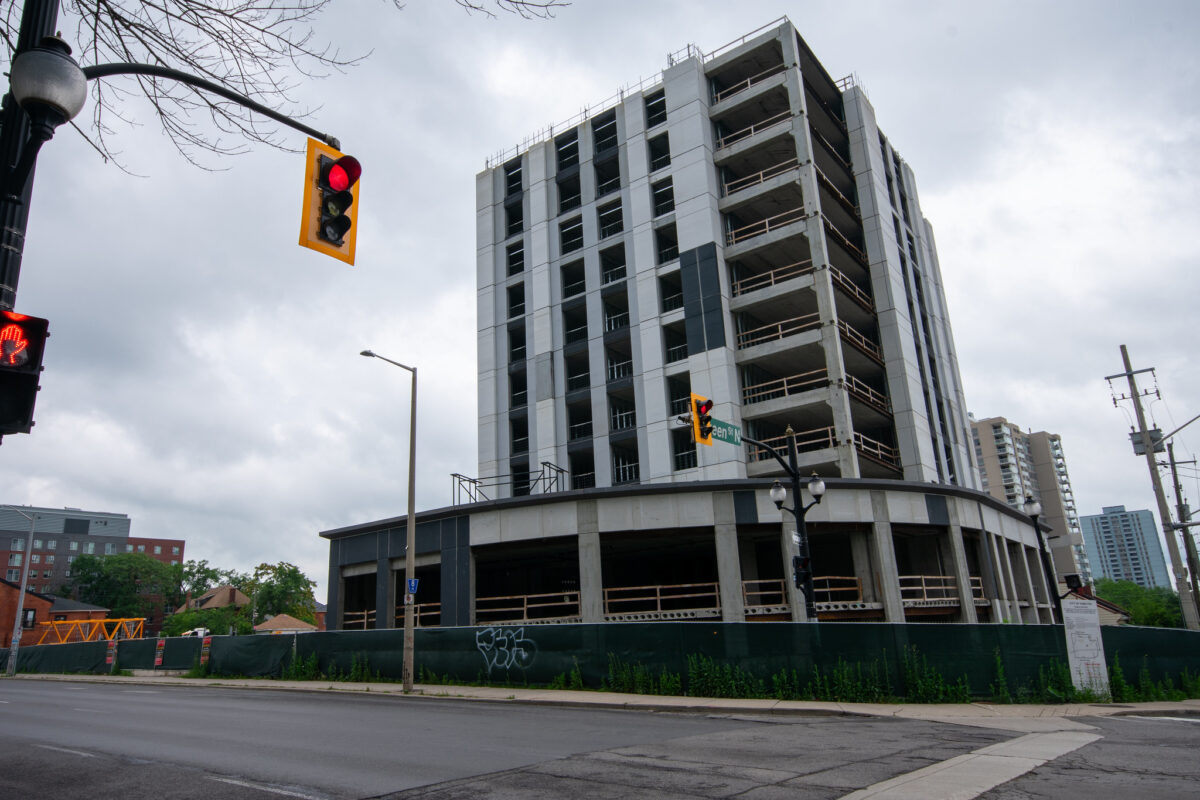
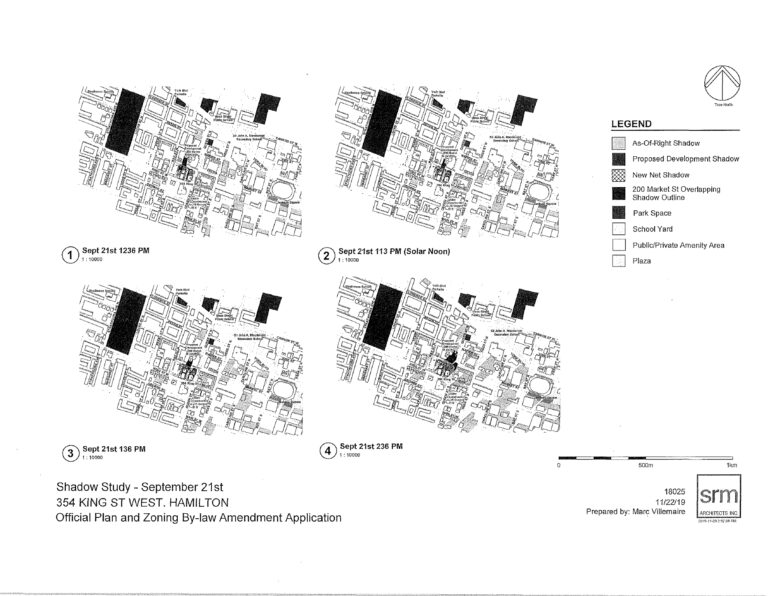
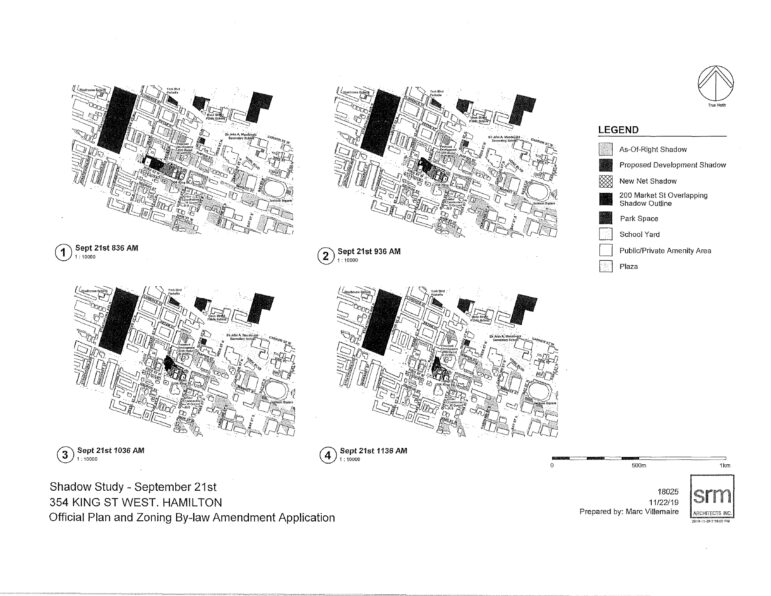
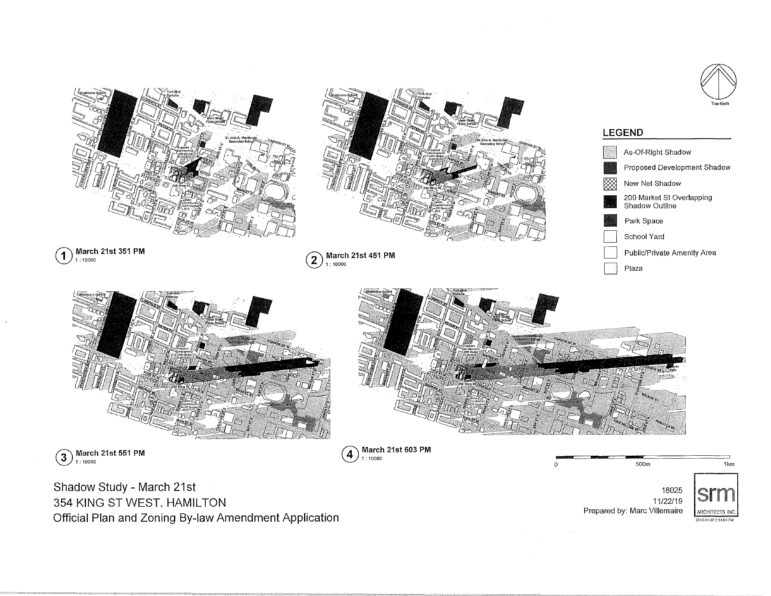
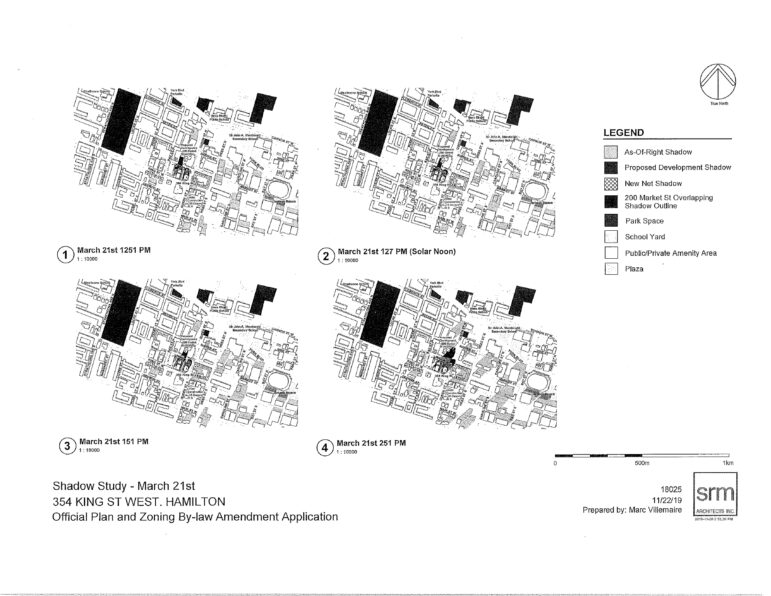
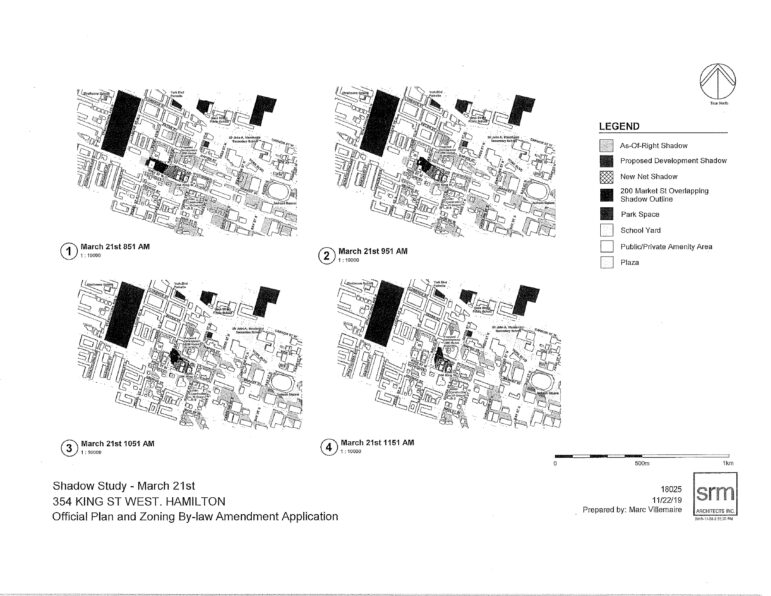
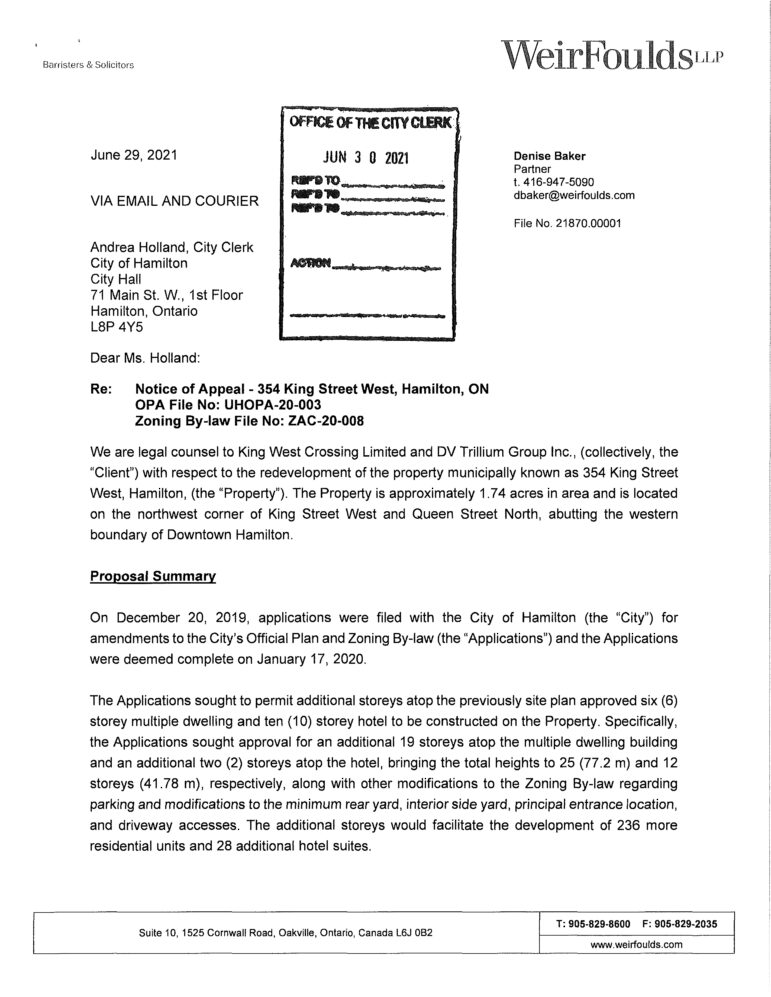
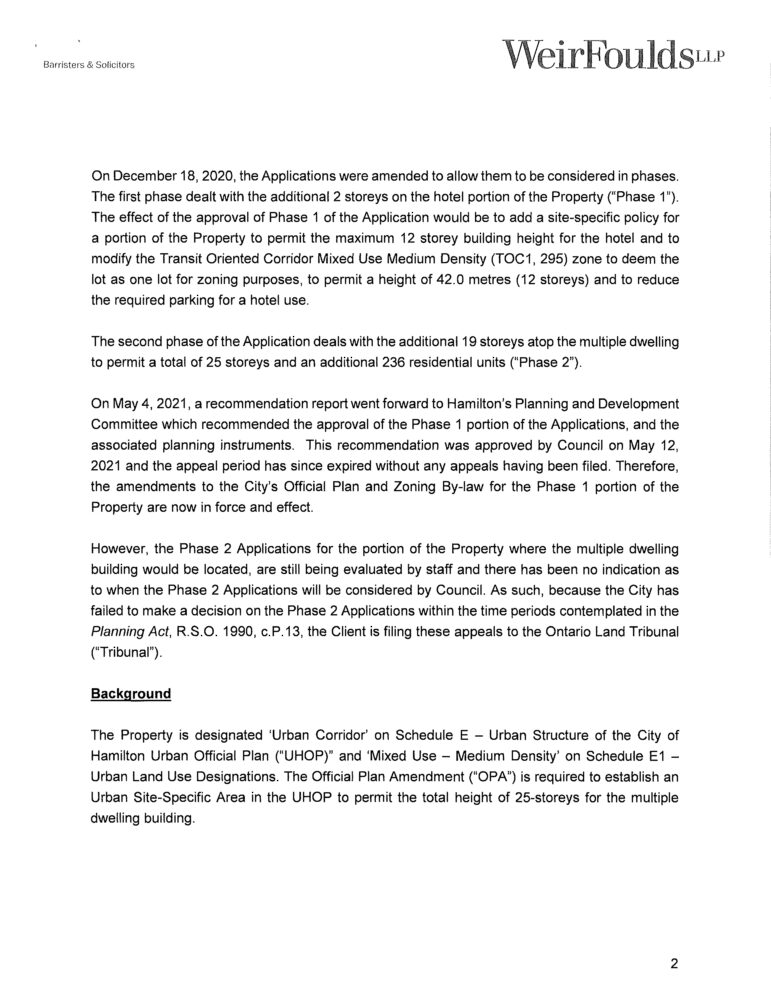
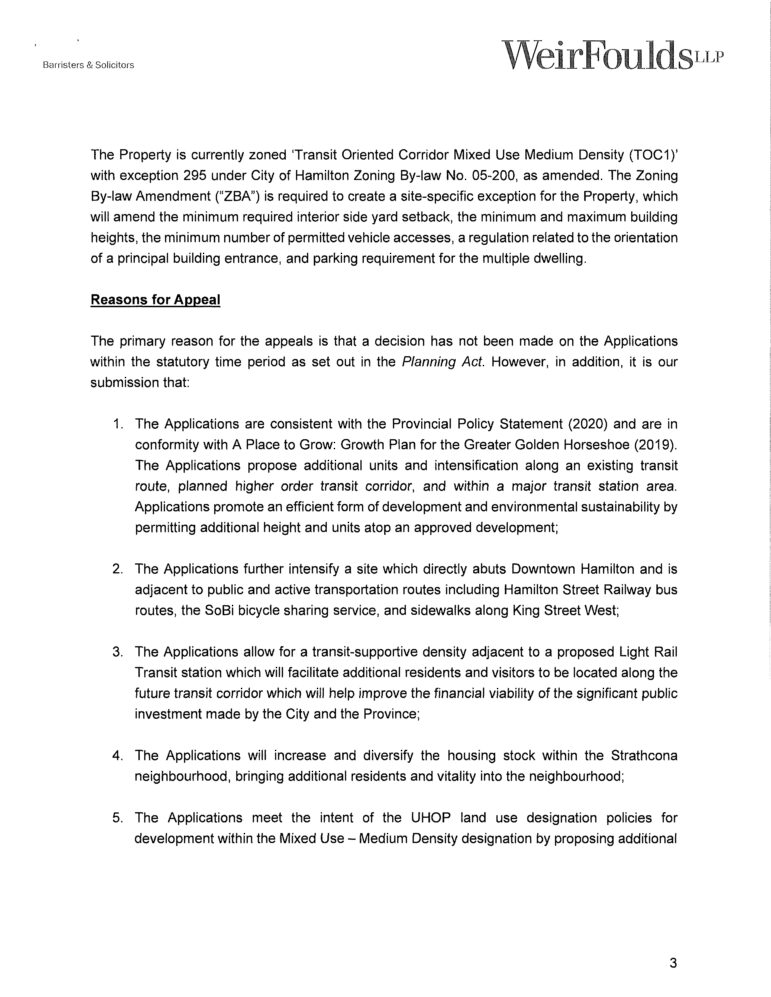
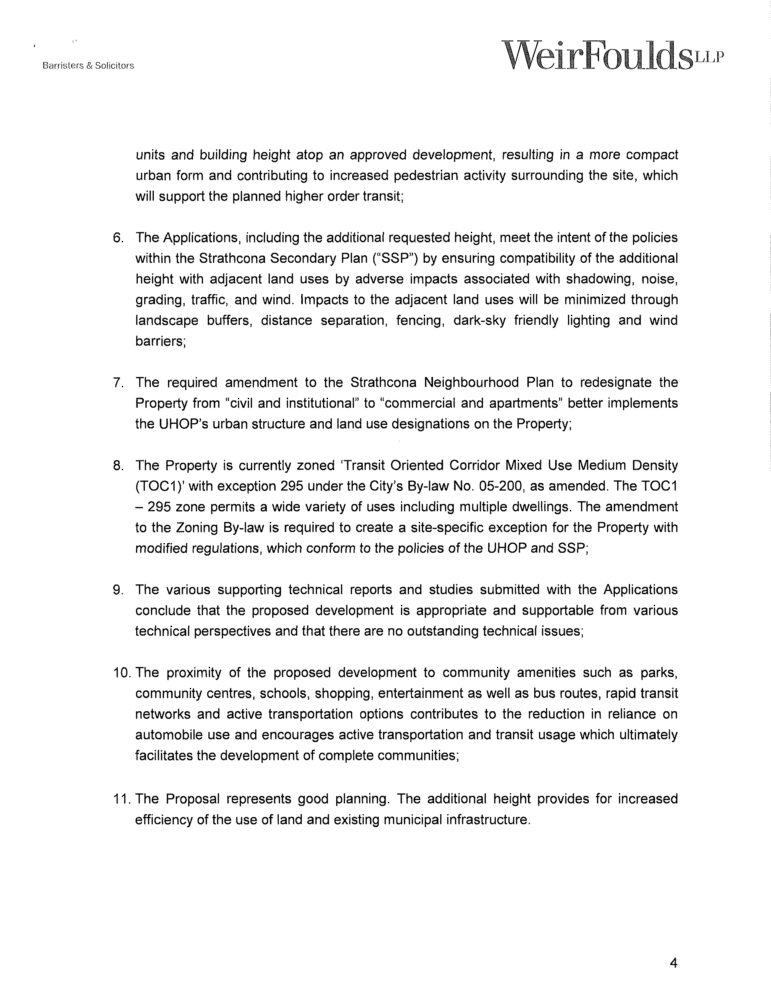
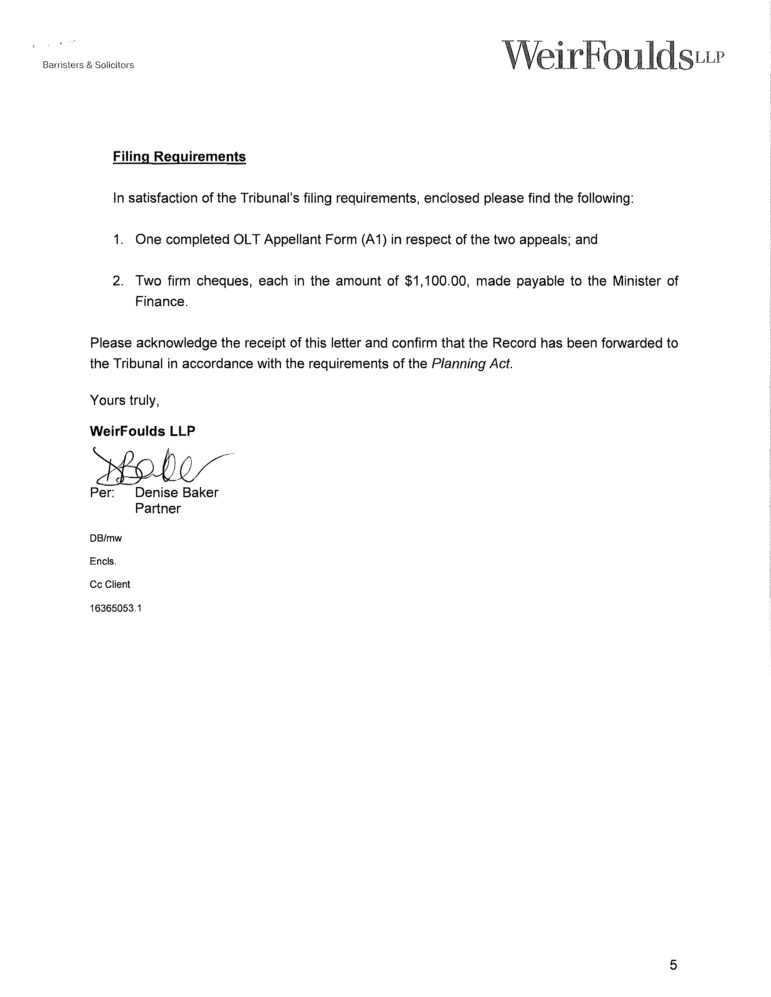
Comments are closed.